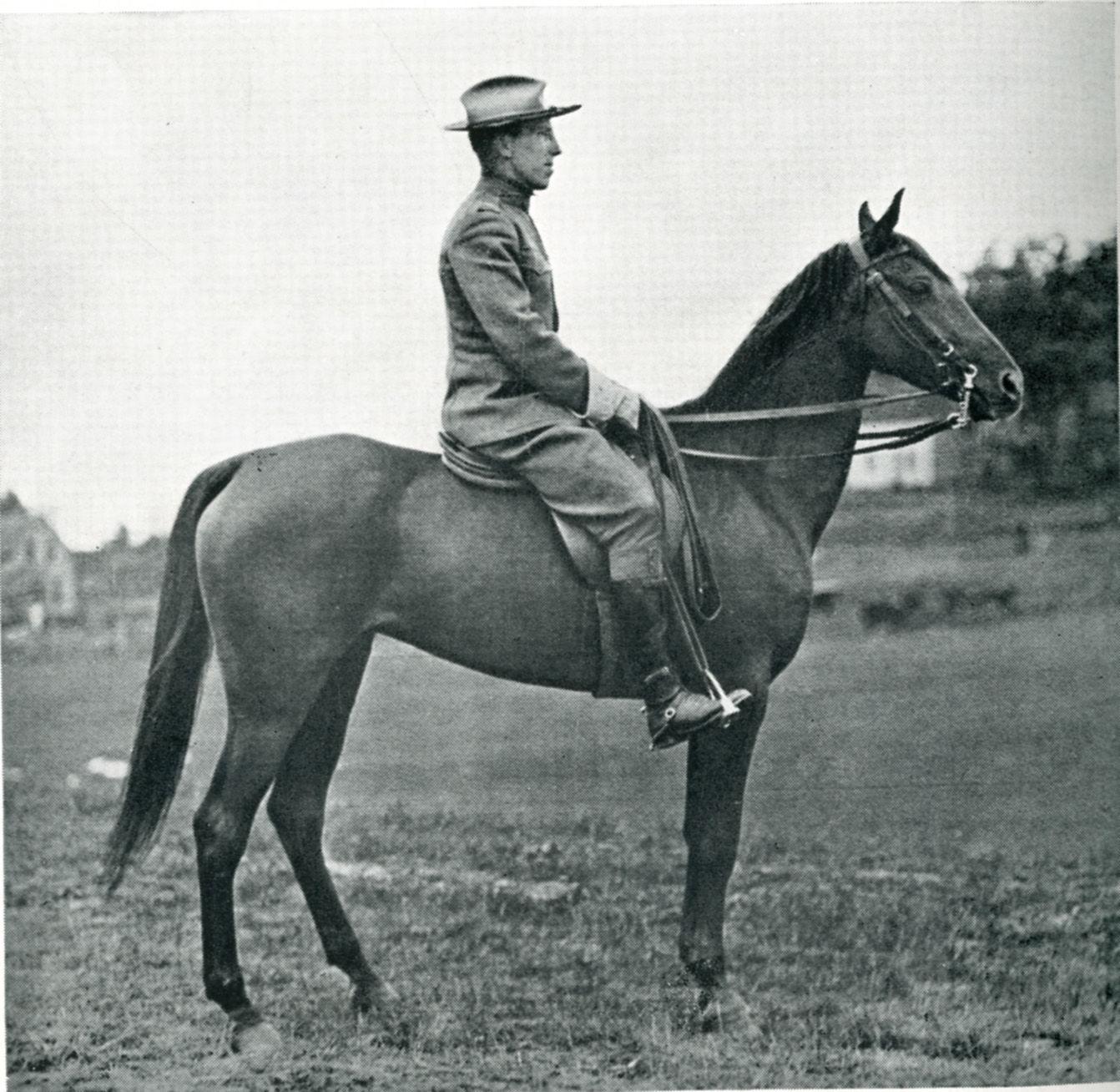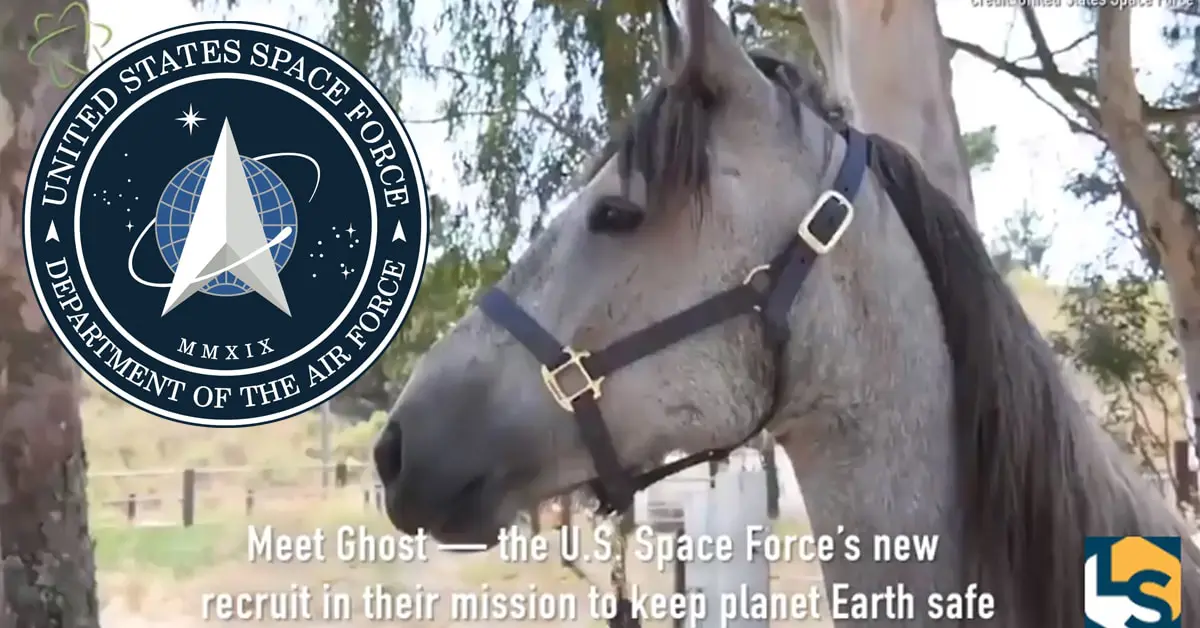Follow these simple steps to get back on track if you lose your bearings on a trail outing.
JOANNE MESZOLY
UPDATED:MAR 10, 2017
ORIGINAL:AUG 25, 2008
Some people are blessed with an innate directional sense; blindfold them and drop them off in the woods, and they'll find their way out in no time. Others become disoriented in shopping malls. If you fit into the latter category, you're not going to get into trouble on a single trail that loops back and delivers you to the starting point. Yet even seasoned trail users can get turned around on poorly marked tracks or become disoriented when forced off familiar ground by an unanticipated obstruction along the way. You have to have a rudimentary understanding of navigation and remain keenly observant of natural and/or man-made trail landmarks in order to keep your bearings.
"I find that people tend to get lost when they rely on someone else," says Montana wilderness rider Dan Aadland. "For example, you plan to head back separately after lunch, but you weren't paying attention because you were following someone else. Then it's easier to get lost..."
Read more here:
EquusMagazine.com


 Howard Reid, of Barre, astride the winning horse, Halcyon. Vermont Historical Society
Howard Reid, of Barre, astride the winning horse, Halcyon. Vermont Historical Society
